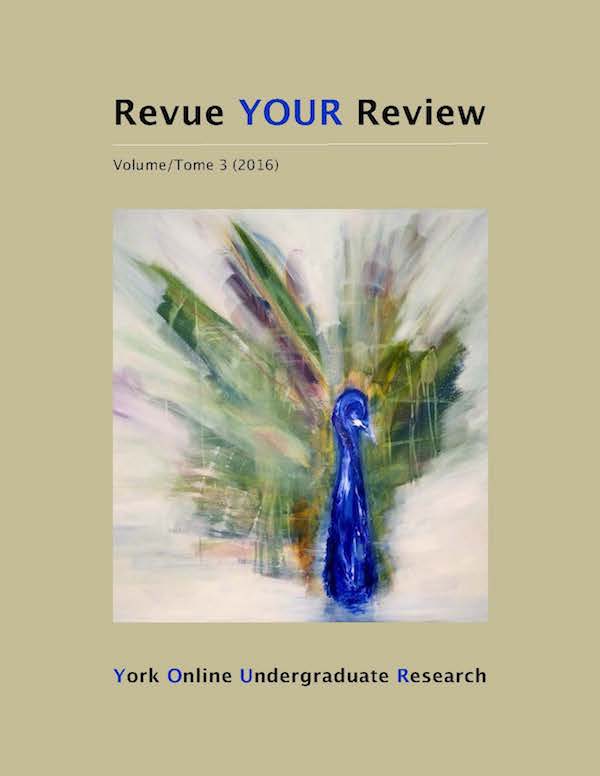Self-Managed Teams
Abstract
A self-managed team is defined as an autonomous group of individuals who carry forth a common goal in the absence of a formal leader. In this team configuration, members are given the collective authority to form their own practices and day-to-day processes. An effective self-managed team will have proactive coordination amongst their members to successfully take on the responsibility usually left to a leader. Like any team arrangement, self-managed teams have both benefits and challenges. Therefore, it is imperative for organizations to understand the fundamental functions of self-managed teams and how to utilize them to their greatest potential. This research project discusses the most prominent issues facing self-managed teams, and draws on various theoretical perspectives and empirical studies. These issues include: control, equal contribution, trust, and leadership. The study offers a list of recommendations detailing how organizations can effectively resolve and prevent those four issues from occurring in their own self-managed teams.Downloads
How to Cite
Issue
Section
License
Authors contributing to Revue YOUR Review agree to release their articles under one of three Creative Commons licenses: Creative Commons Attribution 4.0 International; Creative Commons Attribution-NonCommercial 4.0 International; or Creative Commons Attribution-NoDerivatives 4.0 International. All editorial content, posters, and abstracts on this site are licensed under Creative Commons Attribution-NoDerivatives 4.0 International. For further information about each license, see:
https://creativecommons.org/licenses/
In all cases, authors retain copyright of their work and grant the e-journal right of first publication. Authors are able to enter into other contractual arrangements for the non-exclusive distribution of the e-journal's published version of the article (e.g., post it to an institutional repository or publish it in a book or in another journal), with an acknowledgement of its initial publication in this e-journal.


